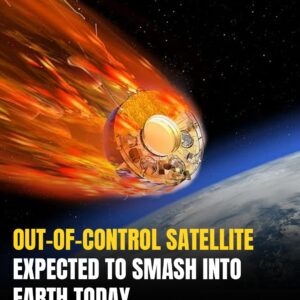Dutch satellite tracker Dr. Marco Langbroek stated the spacecraft could land anywhere between 52°N and 52°S latitude. That range includes major global cities such as London, Brussels, Philadelphia, São Paulo, Pyongyang, and even parts of Australia like Brisbane. “Many densely populated locations may be at risk,” Langbroek warned, though the chance of it hitting a populated area remains “infinitesimally minuscule.”
Scientists using global tracking data have narrowed the spacecraft’s trajectory but not enough to determine the exact crash site. Solar activity and the satellite’s age contribute to the prediction difficulty.
Kosmos 482’s main landing module is the last part still in orbit; the rest of the spacecraft disintegrated over the past decades. Under UN agreements, any debris that survives belongs to Russia.



